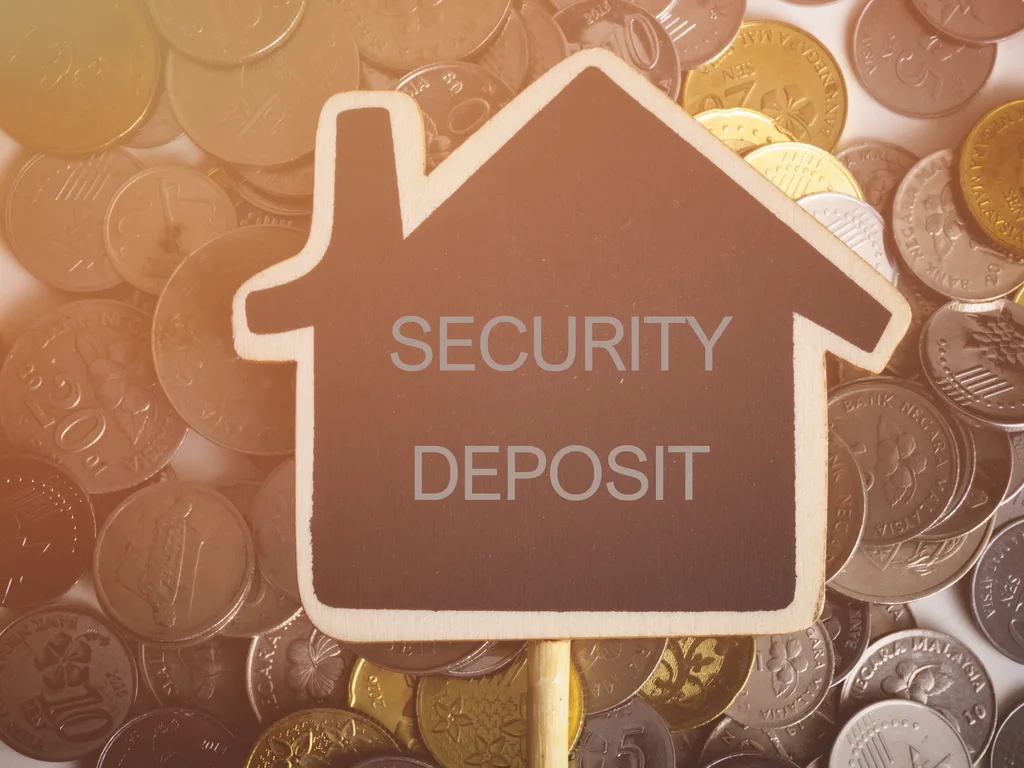Although it is tempting to start looking up “rent to own houses near me,” prospective homebuyers should have an idea of how much they can afford and expect in government assistance.
Rent to buy houses and conventional purchase agreements can influence your monthly payment. Likewise, ownership costs like private mortgage insurance, property taxes, and home insurance can increase your financial requirements.
Using an example, a $150,000 home price requires buyers to have a $4,500 down payment. The monthly loan payment may be $613, but taxes and other fees could increase the mortgage to $833 each month.
Prospective homeowners should keep the following figures in mind:
- Their purchase budget or how much they can borrow
- Down payment of 3 percent of the purchase price
- Homeowner costs like property taxes, home insurance, and mortgage insurance
- Their HCV amount
A PHA representative can help applicants set a purchase budget that reflects their income and the Section 8 voucher amount. Someone with an annual household income of $20,000 may only qualify for a loan around $105,000.
Homeowners must put at least 30 percent but no more than 40 percent of their monthly income towards their mortgage. However, the PHA will limit how much recipients can receive, so families may have to pay more. For an annual household income of $20,000, homeowners would need to pay at least $500 a month.
Typically, HCV renters can expect the same or similar amount to what they received for rent. But the PHA will still compare the new housing expenses to the household income.
Changes to a beneficiaries’ household or income can influence the voucher amount. The birth or adoption of a child could increase the sum.
If a household with an income of $20,000 qualifies for a $150,000 loan, they may need to pay $500 of the $933 total payment. The PHA would pay the remaining $433.
HCV homeowners can receive monthly assistance for up to 15 years for mortgages with terms longer than 20 years. Property owners with terms shorter than 20 years can only receive vouchers for 10 years. After the 10- or 15-year assistance period, homeowners will need to pay the mortgage payment on their own.
Homeowners must follow the PHA’s regulations to continue to receive assistance. The household must only be home to those listed with the PHA. Owners cannot rent out a portion of their home to a tenant.
Homebuyers can choose the one-time down payment assistance option instead of the ongoing monthly vouchers. The maximum amount households can receive for a down payment may be the equivalent of a year of vouchers.




